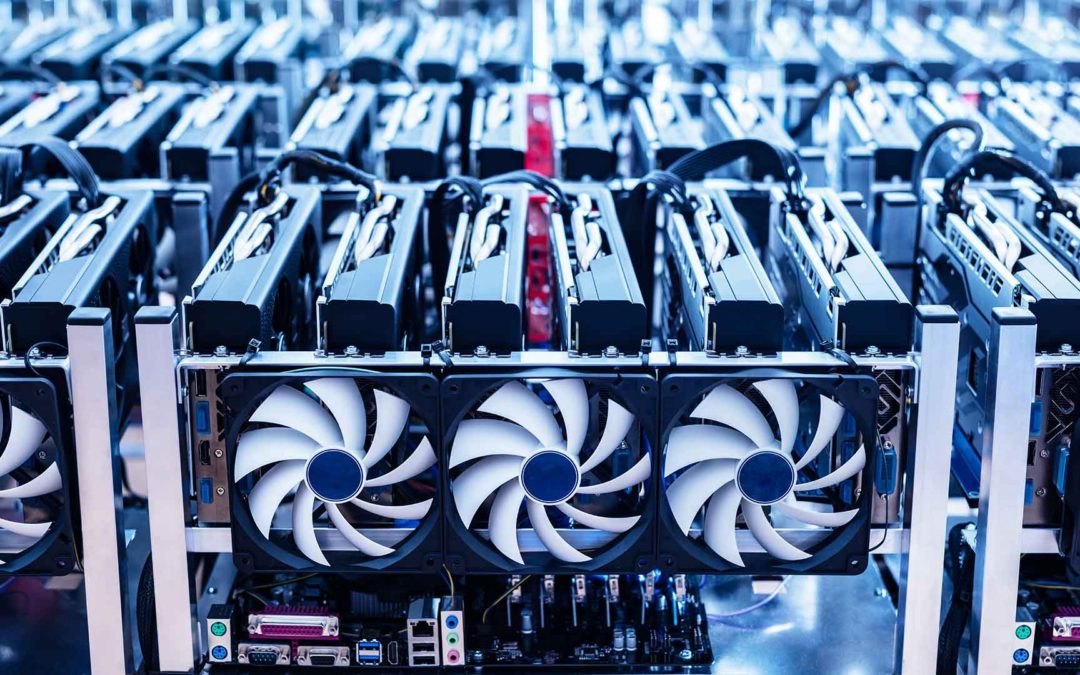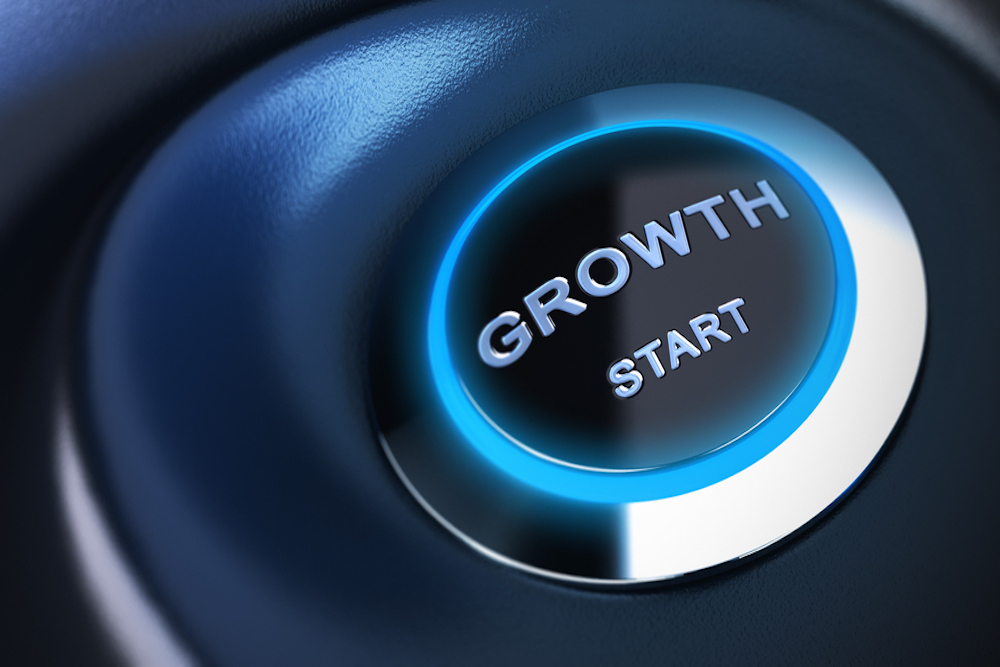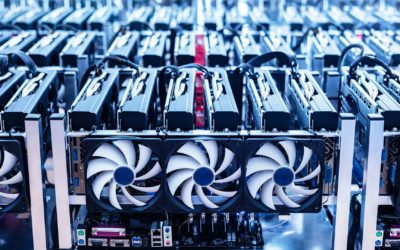
There’s an old adage in business, “It’s easier to keep clients than to find new ones.” It’s an adage that translates well to those concerned with local economic development as well. It is easier to retain and grow the businesses you already have than to encourage new businesses to locate in your community.
Now when you think about how your community works to grow your economy you probably think of tax incentives or infrastructure upgrades, but what about energy? Energy costs rank as a top three concern for over a third of small businesses and even office buildings spend 30% of their operating expenses on energy. Quite simply, energy plays a major role in the profitability of any business and if you can improve the profitability of your local businesses, shouldn’t that drive economic growth? Absolutely! But what can you do on this front? Start promoting energy efficiency.
What Is Energy Efficiency?
For our purposes, we can think of energy efficiency as anything that leads to a sustainable and quantifiable reduction in energy usage. So installing new LED lights works, but simply asking employees to turn off lights when they leave a room doesn’t, since we can’t really control that employee behavior. The most familiar type of energy efficiency is probably technology upgrades, though building envelope improvements are also possible, but our focus in on technological upgrades.
Technology upgrades primarily consist of new or retrofitted equipment that allows a facility to carry out its operations while using less energy and usually requiring less maintenance. There are a wide variety of technological energy efficiency upgrades available on the market, much too many to detail here, but there are general solutions that are applicable to most facilities, including lighting, HVAC, and building control systems, and then there are a multitude of upgrades that are more industry and facility specific based on the equipment that a specific facility may have, such as refrigeration, hotel room controls, or ozone laundry. Regardless of the technology, upgrades are very capable of producing annual energy savings that range from 10% to over 50% depending on the efficiency of the equipment they replace, how often the equipment is operated, and the cost of energy in a particular locality.
Energy Savings As A Service
Energy efficiency sounds great, right? So why hasn’t every business taken this route to cutting their expenses and increasing their profitability? The answer lies in capital, but thankfully, third party energy financing companies like Onsite Utility Services (OUS) Capital are now providing solutions to this issue.
Traditionally, if you wanted to implement an energy efficiency upgrade you had two ways of doing it. One, you could pay for it out of your own capital, usually budgeting for it as a capital expenditure. These types of projects can be quite expensive, so simply having the funds for it could be challenging, plus, businesses have lots of needs for capital and many of them take priority over facilities upgrades.
A second way was to use debt to finance the upgrade. This is unattractive for a number of reasons as well. Borrowing adds extra cost to an energy efficiency project which could trim the return on investment to an unacceptable level. Additionally if funds are borrowed, then a liability must be created on the balance sheet, which could negatively harm ongoing and future business operations. And finally, most businesses have limited access to credit like this, so using it for a non-core business related purpose can be difficult to justify.
Understanding these challenges to financing energy efficiency upgrades, energy finance firms like OUS Capital have begun offering energy efficiency upgrades as a service. Through this arrangement, the energy finance firm purchases, installs, owns and maintains an energy efficient upgrade for a facility. The energy and maintenance savings that the upgrade generates are then shared between the third party energy financier and the facility owner. And because the energy financier owns the equipment and is responsible for maintaining it, it is viewed as a service and therefore is not required to be reported on financial statements. This allows businesses to simply get energy savings without having to spend their own funds, borrow from someone, or worry about how such a transaction will impact other business operations.
One really can think of the As-a-Service option in a similar manner as the relationship a business has with the utility. Businesses really have no desire to own power plants or transmission and distribution lines, they just want the energy that is produced so that it can power their equipment and make them productive, and that is exactly what they pay for, the energy. With energy efficient equipment, whether it be lights, boilers, or building controls, businesses simply want the energy savings that they produce, they need not own and be responsible for the physical hardware. Energy Savings as-a-Service allows them to only receive these savings with an energy finance firm playing the role of utility and capitalizing the enabling assets.
Overall, energy efficiency as-a-service creates a situation where businesses can preserve their resources for other business growth activities yet still receive savings on their energy costs. And from these savings, the opportunity for real economic growth is enabled.
The Local Economic Impact
So how does energy efficiency come back to benefit your local economy? When it is done As-a-Service, as previously described, there are three integrated ways that an upgrade impacts the economy.
First, and probably most obvious, the energy efficiency upgrade reduces energy use. When less energy is used for the same amount of production, this creates monetary savings for a business. And this is money that is traditionally sent out of the community to a utility company, often times a national or even multinational corporation. And when money is leaving your local economy, your economy has a hard time growing, so helping keep more capital in local business and household hands is a sound strategy for local economic maintenance and growth.
Energy savings are created with both traditionally financed and Energy Savings as-a-Service projects, but additionally, when upgrades are financed As-A-Service, businesses will also see equipment maintenance savings as well. Think of all the time over a year a large manufacturing facility or hospital must spend just changing light bulbs. That’s a lot of labor costs! Altogether, savings from energy and maintenance serves as “found money” for businesses, and is money that can be reinvested back into the business to promote growth, like hiring more workers or expanding production.
A second impact, which comes specifically when energy efficiency is done As-a-Service, is the saving of existing capital resources. Because businesses don’t have to outlay their own funds to upgrade their equipment and receive savings, they are free to use this capital for other business growth purposes. For small businesses, a lighting upgrade may have traditionally cost them $40,000, but now that $40,000 can be used to help hire more personnel, market their product, or expand their facility. And the savings grow exponentially for larger businesses who may have traditionally shelled out hundreds of thousands of dollars, if not millions, to upgrade to more efficient equipment, which are funds that they can use more productively. In a sense, when upgrades are done Energy Savings as-a-Service, business are enabled to get a two-for-one deal on their capital, as they are still able to get energy efficient equipment, plus the ability to invest in something further with the capital savings.
Finally, a third impact, also seen when energy efficiency upgrades are done as Energy as-a-Service, is that it brings outside money into your community. At its fundamental level, when a business decides to do an energy efficiency project As-a-Service, they are getting another party, like an OUS Capital, to invest in their business. This is money from outside your local economy that is being injected specifically for the purpose of helping keep existing capital in the local economy. And for an economic developer, that hits two main tenants toward growing an economy, retaining the economic value that has already been created and generating new economic value from outside the existing system.
As you can see, energy efficiency isn’t just about saving energy and lowering operating costs. It’s an opportunity for businesses and local economies to keep more of their capital local and use it to drive local economic growth. And when completed Energy Savings as-a-Service, energy efficiency provides an avenue for local businesses to retain even more capital to grow their businesses while bringing outside investment into the local economy. So as you rack your brain trying to figure out how to get your economy moving, don’t forget about what you already have and how easy it is to make that even better.
You May Also Like …
OUSCapital.com enters a purchasing contract with TIPS to provide energy and water efficiency solutions to their members
Delavan, Wisconsin – Onsite Utility Services Capital enters into a cooperative purchasing contract with The Interlocal...
Immersion Cooling for Bit Coin Miners offers 30% CapEx reduction and up to 90% Energy Savings on HVAC
Delavan, Wisconsin – Onsite Utility Services Capital launches Immersion Cooling for Bit Coin Miners to reduce CapEx...
Refrigeration with Solar Thermal Energy Saves up to 50% Electricity and Carbon with Zero CapEx or Debt for Grocery Stores
Delavan, Wisconsin – Onsite Utility Services Capital launches Refrigeration Optimization-as-a-Service to capture...







